Morocco’s UNESCO World Heritage Sites: A Journey Through History
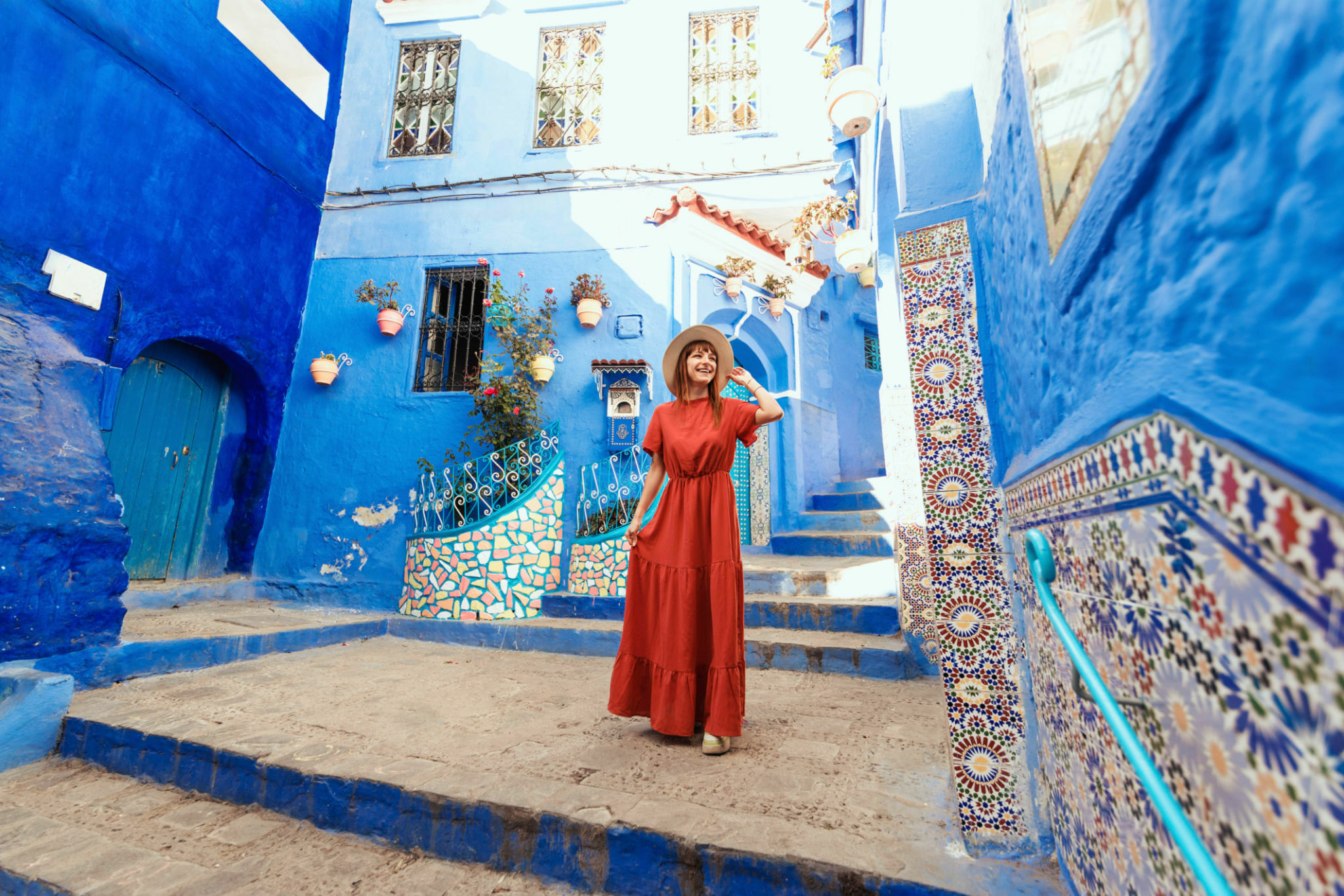
Morocco’s UNESCO World Heritage Sites: A Journey Through History
Introduction
Morocco, a captivating destination, harbors a wealth of historical and cultural treasures, including numerous UNESCO World Heritage Sites. These sites, exemplifying architectural brilliance, serve as poignant chronicles of civilizations that have significantly influenced the nation’s identity across centuries. Explore the intricate tapestry of Morocco’s past through these remarkable landmarks, each revealing a unique chapter in the country’s compelling history.
Historical Significance of UNESCO World Heritage Sites
Preserving these historical sites is crucial, as they act as invaluable portals to bygone eras, providing profound insights into the intricate tapestry of Morocco’s rich history. These cultural landmarks serve as tangible records of societal evolution, architectural transformations, and the diverse cultural influences that have indelibly molded the nation. By safeguarding these sites, we ensure the continuity of a tangible connection to the past, fostering a deeper appreciation for Morocco’s cultural heritage and allowing future generations to explore and understand the multifaceted layers that contribute to the country’s historical narrative.
Medina of Fez
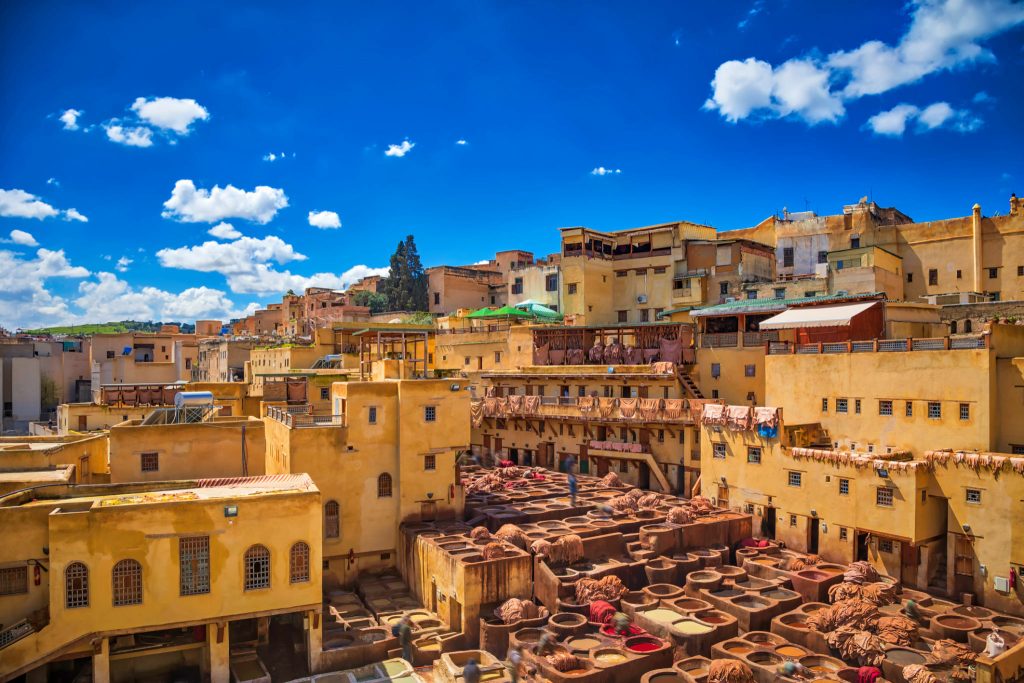
Explore the captivating allure of the Medina of Fez, a vibrant ancient city steeped in the rich tapestry of Moroccan culture. Wander through its intricate labyrinthine streets, where every corner reveals a piece of the city’s medieval legacy. Immerse yourself in the lively markets, filled with a kaleidoscope of colors and the enticing aroma of spices. The historic mosques stand as timeless monuments, echoing the spiritual significance of this UNESCO-listed site. A journey through the Medina of Fez is a sensory adventure, offering an authentic glimpse into the heart of Morocco’s past and present.
Ait Benhaddou
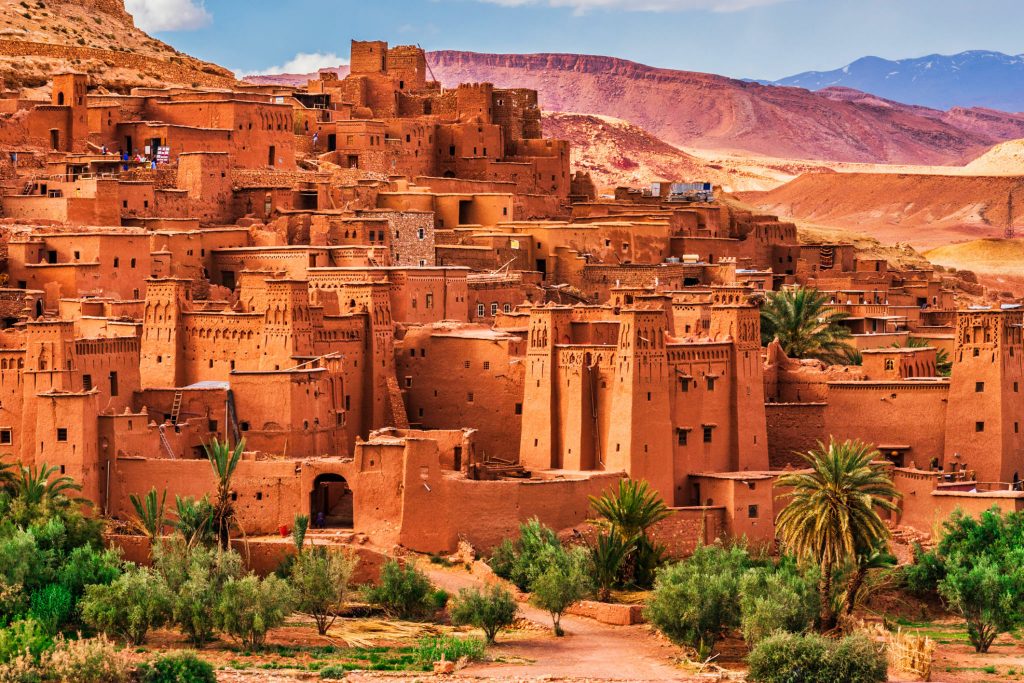
Ait Benhaddou, a UNESCO World Heritage site, epitomizes the captivating charm of Moroccan architecture. Nestled in the breathtaking scenery of the Atlas Mountains, this fortified village boasts intricately crafted mud-brick structures that offer a vivid glimpse into the region’s rich history. The ancient edifices, surrounded by a mystical aura, evoke a sense of timelessness, allowing visitors to traverse the winding streets and envision the lives of those who once thrived in this remarkable testament to cultural heritage.
Meknes
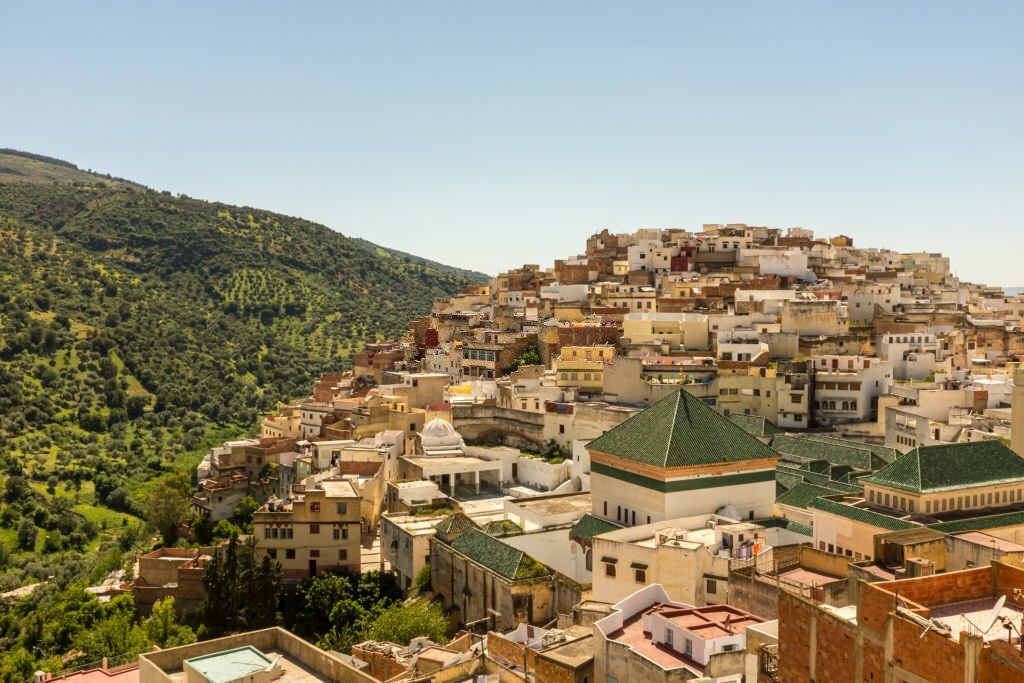
Meknes, a city in Morocco adorned with imperial palaces and splendid gates, serves as a captivating testament to the grandeur of the nation’s historical dynasties. This enchanting destination unveils the opulence of Morocco’s regal history, where each palace and intricately designed gate narrates tales of bygone eras. From the intricate architectural details to the rich cultural heritage, Meknes stands as a living museum, inviting visitors to immerse themselves in the lavish tapestry of Morocco’s imperial past.
Archaeological Site of Volubilis
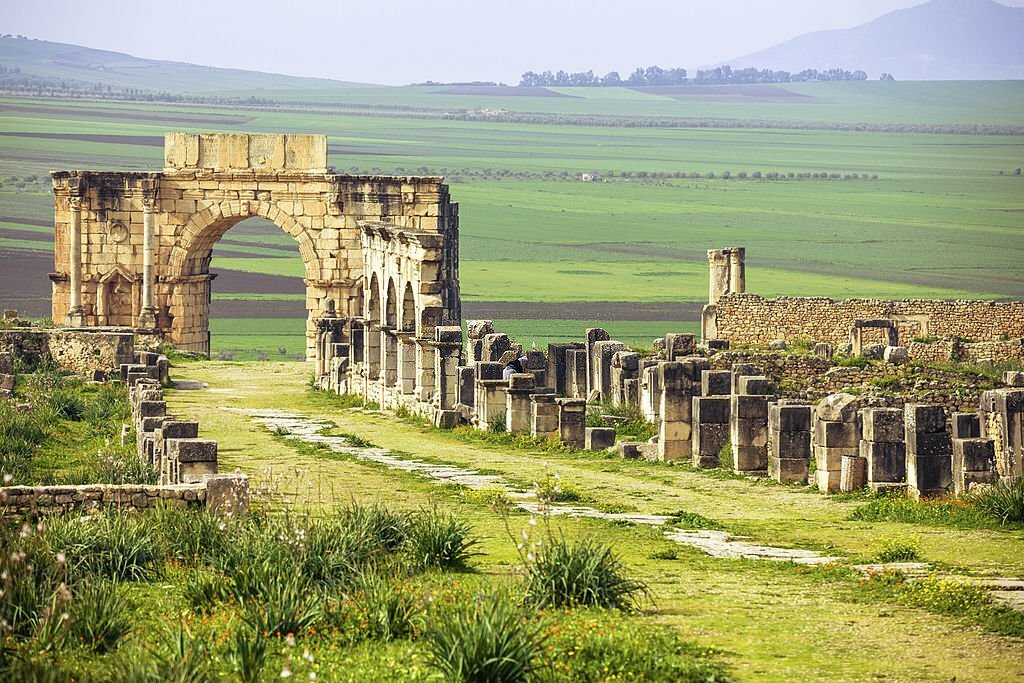
Nestled in Morocco, the evocative ruins of Volubilis, a UNESCO-listed Roman city, narrate a compelling story of bygone civilizations. These meticulously preserved remnants unveil a captivating tapestry of ancient life, adorned with intricately crafted mosaics and architectural marvels that symbolize the harmonious confluence of diverse cultures. Wander through time as you explore the remnants of this archaeological gem, where each stone and mosaic fragment speaks volumes about the rich history and interwoven legacies of the Roman Empire and indigenous societies.
Tangier
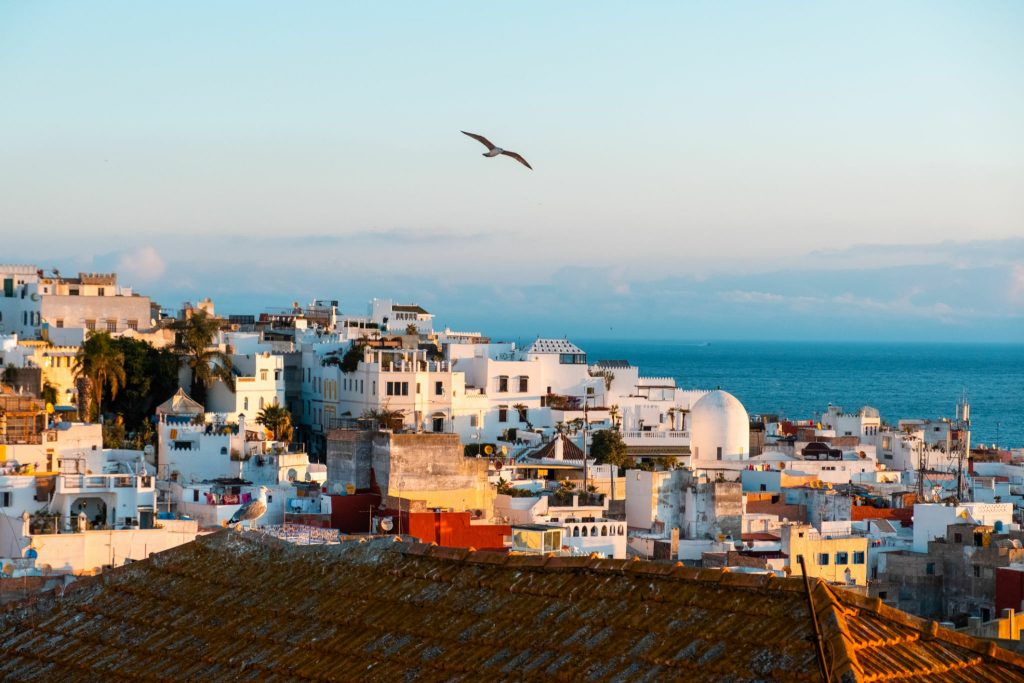
Nestled on the northern coast of Morocco, Tangier beckons artists and writers with a rich tapestry of cultures. Reverberating with a storied past as an international zone, the city’s architecture and atmosphere bear the indelible marks of diverse influences. From the vibrant medina to the elegant colonial structures, Tangier is a captivating fusion of Moorish, European, and African elements. Its allure lies not only in its physical landscape but also in the intangible echoes of literary and artistic resonance that have resonated through its narrow streets and expansive vistas for centuries.
Essaouira
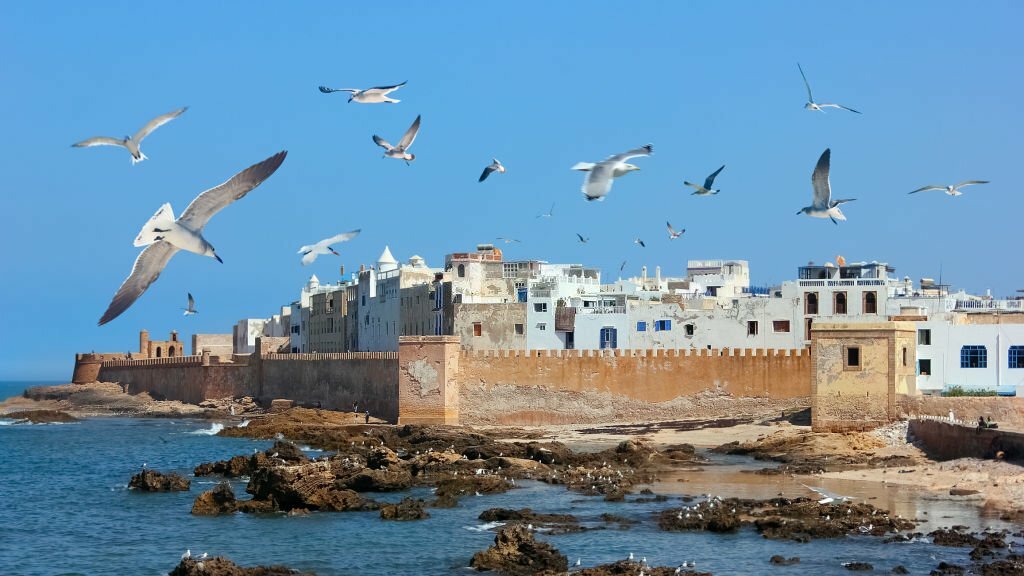
Nestled on Morocco’s coast, Essaouira captivates with its rich tapestry of Moroccan, European, and Arab cultural influences. The town’s historic allure is encapsulated by well-preserved fortifications, revealing a fascinating blend of architectural styles. Serene beaches stretch along the coastline, offering a tranquil backdrop to the vibrant local markets and lively medina. The town’s unique synthesis of history, culture, and natural beauty creates an unforgettable experience for visitors, making Essaouira a captivating destination where the past seamlessly intertwines with the present.
Al Qal’a of Beni Hammad
Situated in Algeria, the Al Qal’a of Beni Hammad holds a rich historical significance, reflecting profound connections with Morocco that highlight the intertwined narratives of the region. This UNESCO World Heritage Site not only stands as a testament to Algeria’s cultural heritage but also serves as a tangible link to Morocco’s shared history, exemplifying the interconnectedness that has shaped the collective identity of North Africa over the centuries. The ruins of Al Qal’a of Beni Hammad thus serve as a captivating historical mosaic, narrating the stories of diverse cultures and their enduring bonds.
Rabat, Modern Capital and Historic City
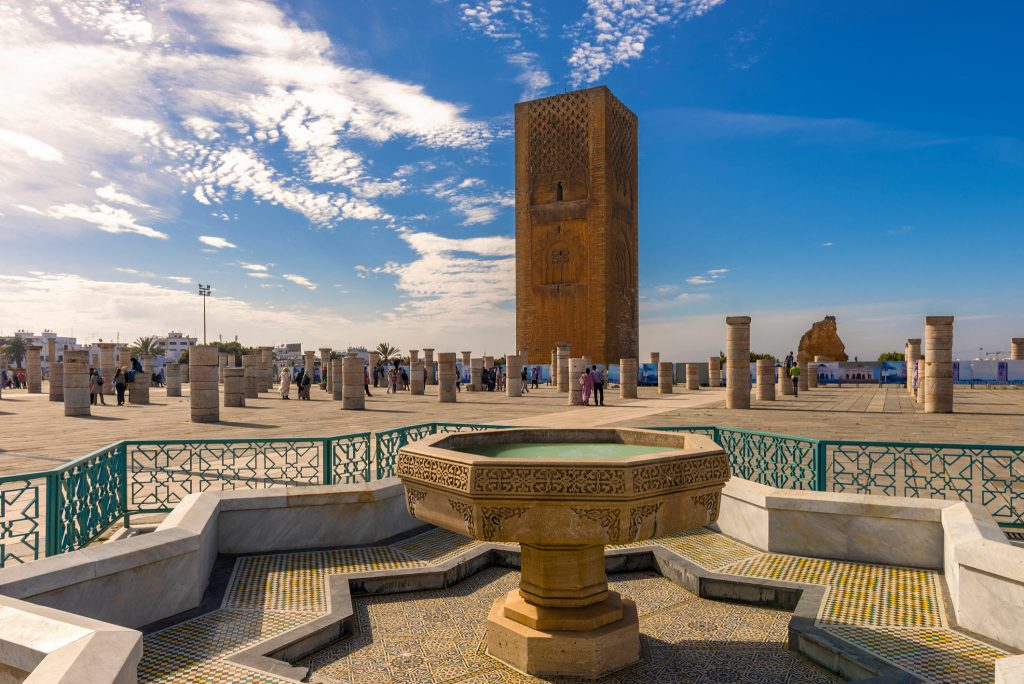
Rabat, Morocco’s vibrant modern capital, effortlessly integrates its contemporary identity with a captivating historical backdrop. The city harmoniously juxtaposes its modern status with a wealth of historical treasures, showcasing a diverse array of monuments and sites that elegantly connect the threads of the past and present. From ancient landmarks to modern architectural marvels, Rabat invites visitors to explore a captivating journey through time, where the city’s dynamic evolution is palpable in every corner, making it a compelling destination for those seeking a seamless blend of history and modernity.
Conclusion
Morocco’s UNESCO World Heritage Sites are not just remnants of the past; they are living testaments to the country’s diverse history, cultures, and influences. Preserving these sites is crucial in understanding and appreciating the mosaic of Morocco’s identity.
FAQs
- Why are UNESCO World Heritage Sites important? UNESCO sites hold global significance, representing cultural, historical, or natural value worth preserving for future generations.
- How many UNESCO World Heritage Sites does Morocco have? Morocco currently boasts 11 UNESCO World Heritage Sites.
- What makes the Medina of Fez unique? The Medina of Fez is renowned for its ancient streets, markets, and well-preserved medieval architecture, offering an authentic glimpse into Morocco’s past.
- Are these sites easily accessible for tourists? Yes, most of these sites are open to visitors and offer guided tours to explore their historical and cultural significance.
- Which site reflects Moroccan coastal charm? Essaouira, with its blend of cultural influences and serene beaches, embodies Moroccan coastal charm.


